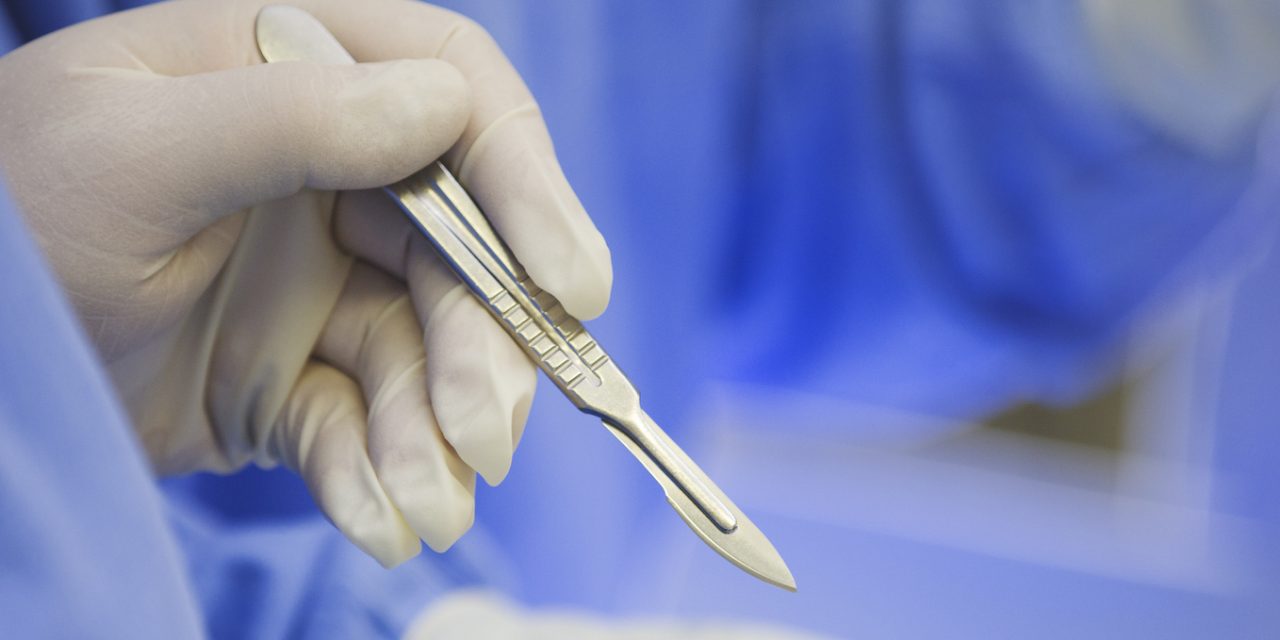Mayo type IIA fractures are simple transverse or short oblique olecranon fractures without articular comminution and are commonly treated with a tension band wire design. All-suture tension band designs have been proposed due to high reoperation rates, frequently due to visible hardware. This study aimed to evaluate the biomechanical performance of traditional tension band wire fixation to a novel all-suture tension band tape fixation for uncomplicated olecranon fractures. In 20 cadaveric elbows from ten donors, Mayo type IIA olecranon fractures were constructed. Each donor’s elbow was randomly assigned to either the tension band wire technique (group TBW) or the tension band tape technique (Arthrex, 1.3mm SutureTape) (group TBT). Researchers cyclically loaded both groups with 500N over 500 cycles, followed by a uniaxial displacement to determine the load to failure. The data were examined for gap formation after cyclic loading, build stiffness, and ultimate load to failure, with failure defined as fracture gap formation higher than 4.0 mm.
After 500 cycles, there was no significant difference in the gap created between the TBW (1.8mm± 1.3) and TBT (1.9mm ±1.1) groups (p=0.854). Compared to the TBW build, the TBTtendedy has higher construct stiffness (mean difference: 142N/mm; p=0.053). The ultimate load to failure did not differ substantially between the two groups (TBW: 1138N± 286 vs. TBT: 1126N± 272; p=0.928). All repairs failed in both groups due to >4.0 mm gap creation at the fracture site, and none due to tension band construct breakdown. According to the findings, the TBT technique delivers similar or greater biomechanical performance for simple olecranon fractures than the TBW technique. The TBT method decreases the likelihood of hardware prominence and, as a result, the requirement for hardware removal. TBT provides a clinically viable alternative to TBW.
Reference: www.jshoulderelbow.org/article/S1058-2746(22)00225-7/fulltext


